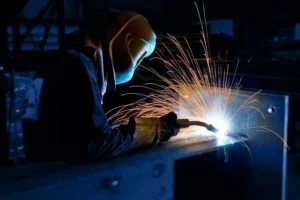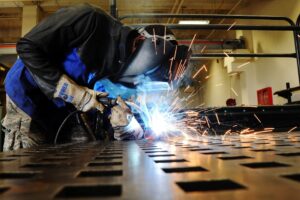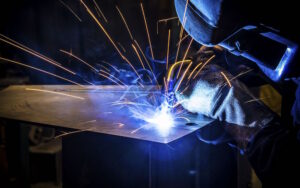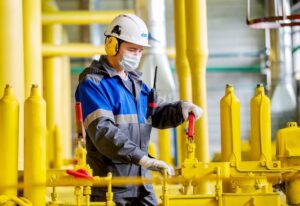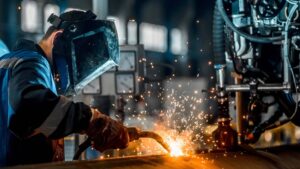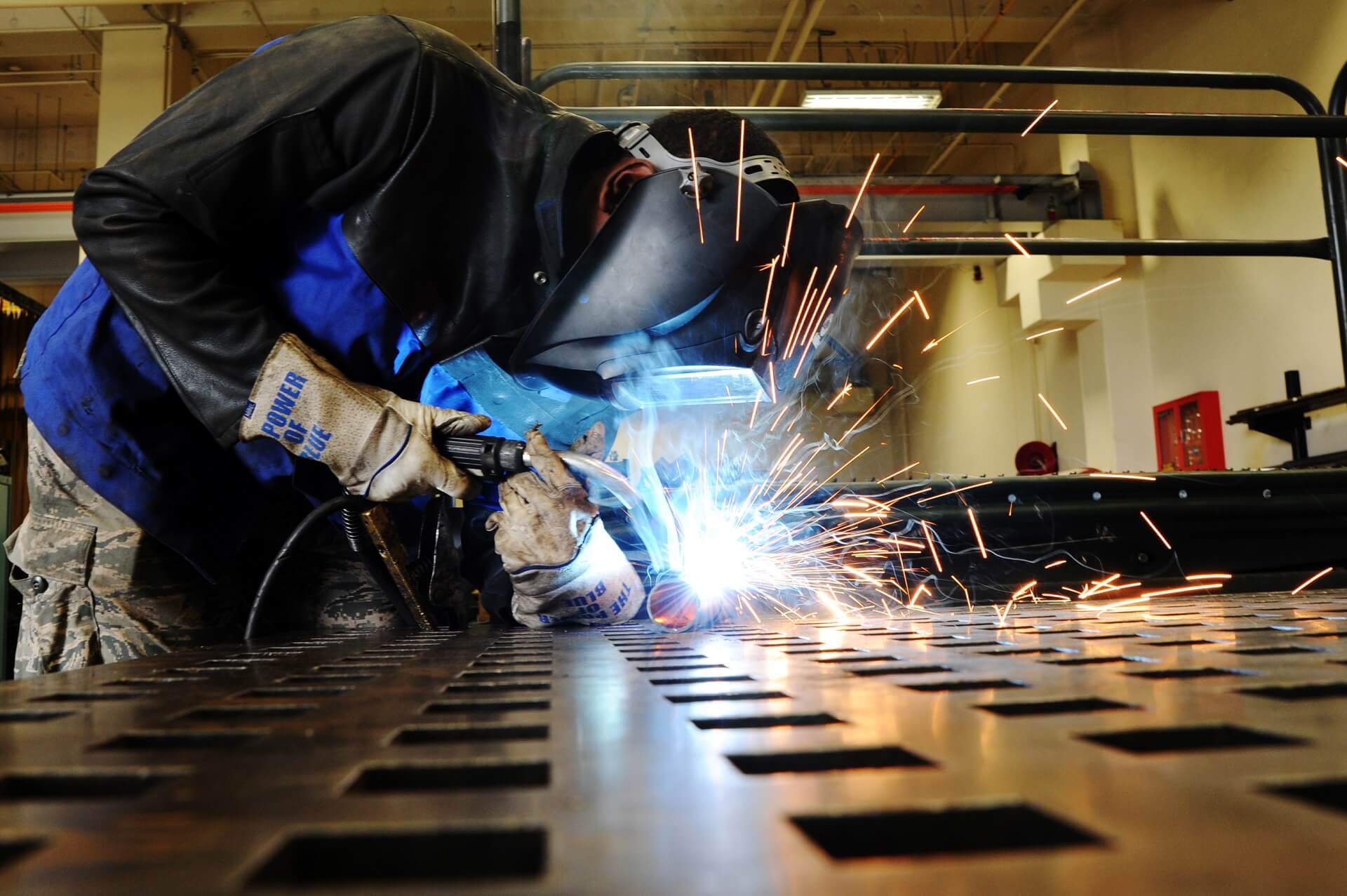
Steel fabrication stands at the pinnacle of modern engineering, offering a blend of durability, versatility, and aesthetic appeal. Whether it’s architectural structures, industrial machinery, or household appliances, stainless steel is the material for many applications. This comprehensive guide delves into the intricacies of stainless steel fabrication, exploring its techniques, applications, and advantages.
The Versatility of Stainless Steel Fabrication
Before delving into fabrication techniques, it’s crucial to grasp the fundamentals of stainless steel. Secondly, composed primarily of iron, chromium, nickel, and other alloying elements, stainless steel exhibits remarkable resistance to corrosion, staining, and rusting, making it ideal for environments where hygiene and longevity are paramount. The addition of chromium forms a passive layer of chromium oxide on the surface. Thus, providing a self-healing mechanism against corrosion.
Stainless steel is renowned for its versatility, making it a preferred material across diverse industries. Its corrosion resistance, strength, and hygienic properties make it indispensable for aerospace and food processing applications. Fabricators can mold stainless steel into various forms. Additionally, this includes sheets, plates, pipes, and more, catering to different requirements.
Techniques in Stainless Steel Fabrication
Cutting and Forming: Precision cutting is the foundation of steel fabrication. Techniques such as laser, water jet, and plasma cutting ensure accuracy and smooth edges. Forming processes like bending, rolling, and stamping shape the metal into desired configurations without compromising its structural integrity.
Welding: Stainless steel welding demands skill and expertise due to its unique properties. TIG (Tungsten Inert Gas) welding and MIG (Metal Inert Gas) welding commonly provide solid and durable joints. Proper welding techniques prevent contamination and ensure the longevity of fabricated stainless steel components.
Finishing: Surface finishing improves the appearance and performance of stainless steel products. Techniques like polishing, grinding, and passivation remove imperfections, improve aesthetics, and bolster corrosion resistance. Besides this, finishing processes increase the visual appeal and optimize the functionality of stainless steel fabrication.
Applications Across Industries
Architecture and Construction: Stainless steel’s aesthetic appeal and durability make it a favorite in architectural marvels. From iconic skyscrapers to contemporary bridges, stainless steel adds sophistication and longevity to structural designs.
Food and Beverage Industry: Hygiene is paramount in food processing, making stainless steel ideal for equipment and surfaces. Secondly, tanks, conveyors, and utensils fabricated from stainless steel maintain purity and prevent contamination, ensuring the safety of consumables.
Medical and Pharmaceutical Sector: Stainless steel’s biocompatibility and sterilization capabilities are invaluable in medical and pharmaceutical applications. Surgical instruments, medical implants, and laboratory equipment fabricated from stainless steel adhere to stringent quality standards. Therefore, safeguarding patient health.
Aerospace: Stainless steel’s lightweight yet durable nature makes it an ideal choice for aircraft components, structural elements, and exhaust systems, where reliability and performance are paramount.
Advantages of Steel Fabrication
Corrosion Resistance: Stainless steel’s chromium content forms a passive oxide layer, shielding it from rust and corrosion in harsh environments. Fabricated stainless steel components exhibit unparalleled longevity. Moreover, reducing maintenance costs over their lifecycle.
Strength and Durability: Stainless steel’s strength-to-weight ratio surpasses many other materials, making it suitable for demanding applications. Fabricated stainless steel structures withstand extreme temperatures, mechanical stress, and environmental factors. Hence, ensuring reliability and longevity.
Aesthetic Appeal: Beyond its functional benefits, stainless steel exudes elegance and sophistication. Lastly, fabricators can achieve myriad finishes, from mirror-like polish to brushed textures. Thus, improving the visual allure of architectural, automotive, and consumer products.
Conclusion
In modern engineering, stainless steel fabrication reigns supreme, offering unparalleled versatility, durability, and aesthetics. Its applications span diverse industries, from skyscrapers to surgical instruments, underscoring its indispensability. Further, by mastering the techniques of cutting, welding, and finishing, fabricators unlock the full potential of stainless steel, delivering precision-engineered solutions that withstand the test of time. Steel fabrication remains at the forefront of innovation as industries evolve and demands grow, shaping a future where excellence knows no bounds.
In essence, steel fabrication is not merely a craft; it’s an art form, sculpting the world we inhabit with strength, beauty, and resilience.
Remember, in steel fabrication, excellence is not an option; it’s the standard. Contact us now for the best fabrication services at affordable prices.

